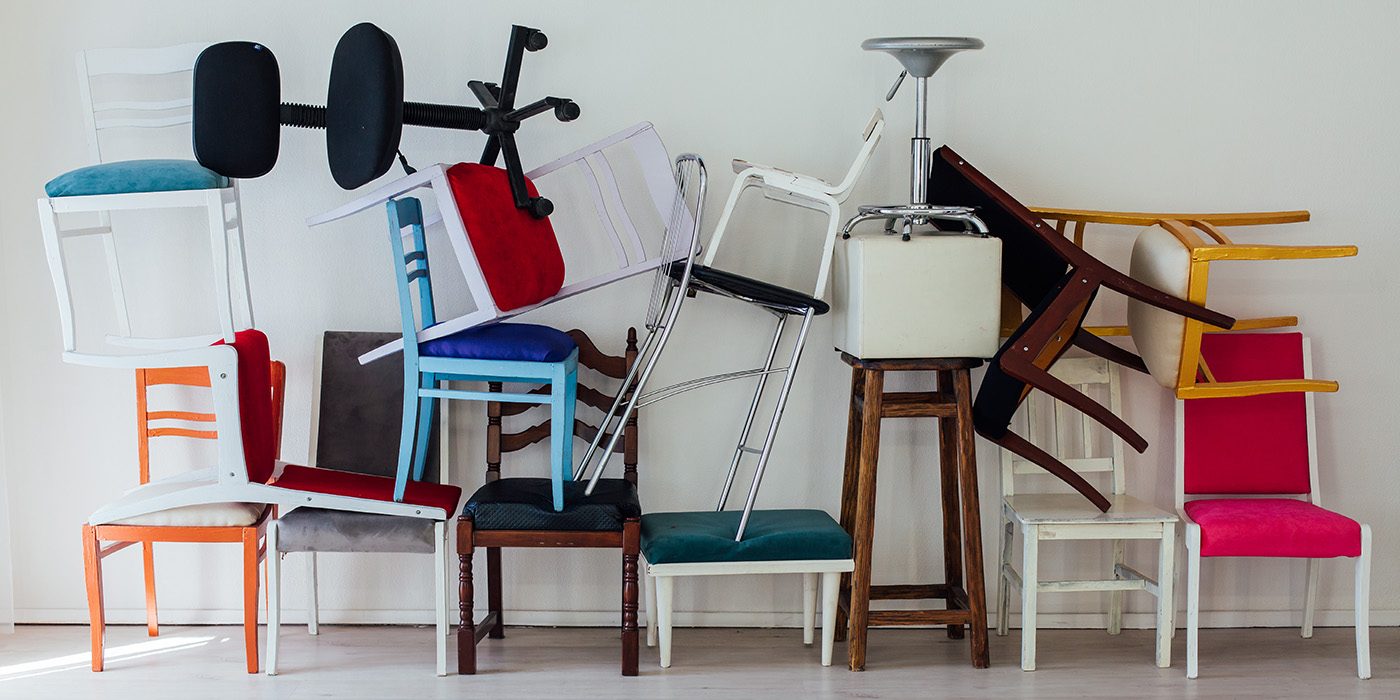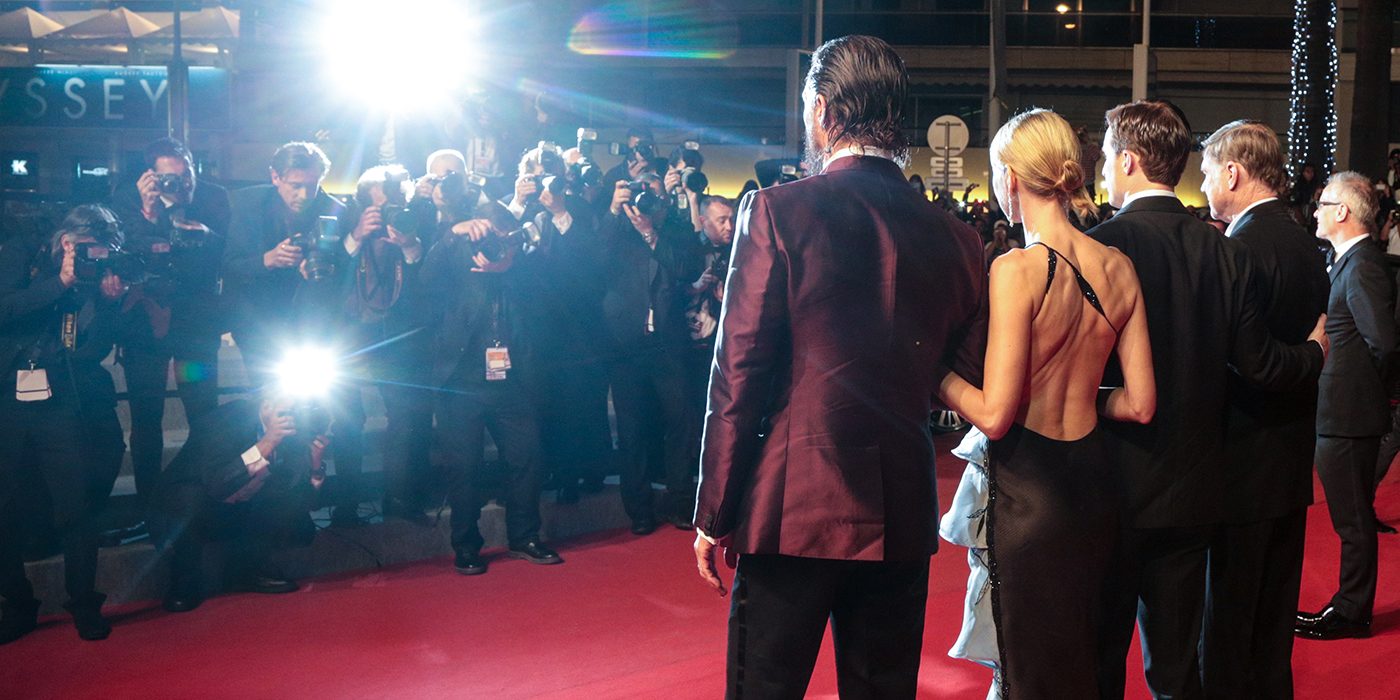Strategies for creating the best seating arrangements vary greatly depending on the event type, and finding a solution that supports your overall objectives is integral to delivering a successful event.
Meetings & Conferences – stage seating should be selected for its ability to help speakers confidently deliver their message, avoiding stools that are too high to gracefully be seated and chairs that are too deep to maintain a composed posture. Prevent these distractions by approaching seating with comfort as the priority; select chairs, stools or even small sofas for groups and panels, and stools or armchairs for fireside chats, angled slightly toward each other to encourage a dialogue without closing off the audience. In the case of keynote presentations and product demos, often the best seating is no seating at all, allowing the speaker(s) to move about freely and give a dynamic address.
Recognition – recognition events are a good opportunity to get creative, with both the type and arrangement of seating. While the venue’s chairs are often an appropriate and economical choice for attendee seating, an awards dinner is an occasion that may merit upgraded chairs to augment the upscale atmosphere. Consider a seating layout with a mix of round and rectangular tables to break up the space and differentiate the evening from more traditional meetings, just be mindful to have pathways that are easily navigated by attendees and servers.
Conference Show Floors & Exhibits – the most important thing about seating on a conference show floor is not the seat itself, but rather the number of seats. Clusters of seating on a show floor should be no less than six and should be arranged to face each other, offering not only a place to get off your feet, but an inviting space to network and discuss what you have seen as you walked the show.
Sponsorships – sponsorship packages that include a branded VIP lounge or meeting center are another instance where choosing the right seating is key. For VIP lounges, select armchairs and couches arranged in conversation groupings, with charging solutions and surfaces to set down food and drink within easy reach. For meeting centers, let the specific type of interactions you seek guide your seating choice. Open tables with six to eight chairs or stools at bar height tables are more informal and work well for introductions, while conference style seating is more appropriate for discussing confidential deals.
Seating Tips for All Types of Events
- Look for well-constructed pieces, while being conscious of their weight. Some can be so heavy they require additional hands which impacts the labor and schedule for turns.
- Order extras. Always plan to have one or two extra pieces of stage furniture, and up to 10% extra of other seating (dependent on storage space available). It’s an inexpensive insurance policy in the event that one gets damaged or there are last minute adds.
- Don’t overfill the space. Always follow the venue’s capacity and egress requirements, and from a visual standpoint, select furniture that is to scale with the room or stage. At the same time, avoid the appearance of low attendance by pulling seats that are expected to remain empty.
- Trend watch: neutral colors and durable materials will always reign supreme for event seating, and there is a shift away from white leather in favor of more upholstery in greys and taupes.
Seating choices for corporate events go beyond basic hospitality and can actually influence the quality of interactions and ability to communicate information effectively. Contact Temple Rock Productions to help you navigate your event seating options and make choices that ensure your speakers can concentrate on delivering their message, attendees are ready to receive that message and meaningful networking occurs organically.


